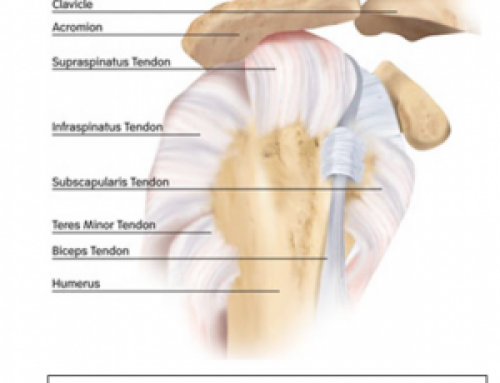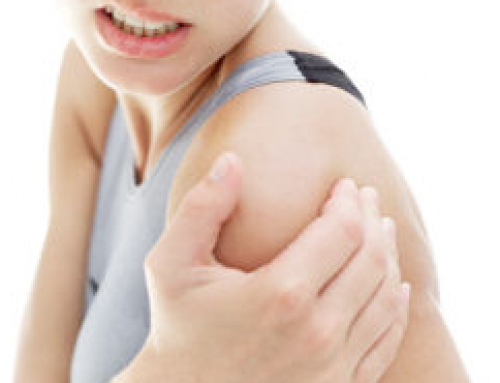The major reason for throwing injuries is repeated stress on the shoulder, and elbow due to repeated stress. Baseball players suffer from these the most; although any athlete that throws an object a lot will suffer similar problems, which includes Shotput and javelin throwers, for example.
Throwing a heavy object with your full might over and over creates a high amount of stress on your muscles as well as bone and causes throwing injuries. Jurickson Profar, the second baseman for the Texas Rangers, recovered from such an injury recently and will be back playing professionally once again.
well as bone and causes throwing injuries. Jurickson Profar, the second baseman for the Texas Rangers, recovered from such an injury recently and will be back playing professionally once again.
Professional Players and Injuries
While professional players are more prone to such injuries, recent studies have shown that even amateur players are susceptible to throwing injuries. College youths who play throughout the year are also reporting increasing cases of ulnar collateral ligament injuries.
Common Throwing Injuries
The shoulder is the most prone to throwing injuries from the repeated stress of throwing a heavy object. Common throwing injuries include SLAP tears, Bicep tendonitis and Tendon tears, Rotator cuff Tendinitis and tendon tears, and internal impingement.
Elbows are also a high risk area, especially in the throwing arm. Common elbow related throwing injuries are Flexor tendinitis, Ulnar collateral ligament injury, Valgus extension overload, Olecranon Stress fracture, and Ulnar neuritis.
Indications of a Surgery
It is best to pursue non-surgical options before finally opting for surgery. The severity of the pain is also an important factor, and in cases where the player is unable to function normally, surgery may be the only viable option. Common indicators are pain and inflammation that persist days after the game. Pain in the middle of the game and on multiple occasions is also a major indication that you need to consult a surgeon for expert diagnosis.
Stem cell injections may help considerably, which may include platelet rich plasma therapy, bone marrow derived injections or amniotic derived stem cell injections. These procedures may negate the need for surgery and getting individuals back to sports. Dr. Raj is an expert in stem cell procedures for sports injuries and has helped many get back on the field without the need for surgery.
Treatments available for Throwing Injuries
Treatments for throwing injuries can be surgical as well as non-surgical. Physical therapy, change of position, and anti-inflammatory medicines are generally preferred for minor injuries, and in cases where surgery is not a viable option. In cases where a surgical procedure is needed, arthroscopy and open surgery are the two most common options. Major reconstruction may be needed at times to repair the ligament and tendon damage.
Ways to Prevent Throwing Injuries
A. Throwing injuries are usually caused by the overuse of the arm. Other common causes include incorrect posture, and improper throwing style. The style of throwing is also a major factor, and for baseball players,  pitchers who threw sliders were 86% more likely suffer from elbow pain mid-season. At the same time, pitchers who threw change ups were less likely to suffer shoulder pain by as much as 29%. Proper warm up, and enough rest between two seasons also bring down the chances of a throwing injury.
pitchers who threw sliders were 86% more likely suffer from elbow pain mid-season. At the same time, pitchers who threw change ups were less likely to suffer shoulder pain by as much as 29%. Proper warm up, and enough rest between two seasons also bring down the chances of a throwing injury.




